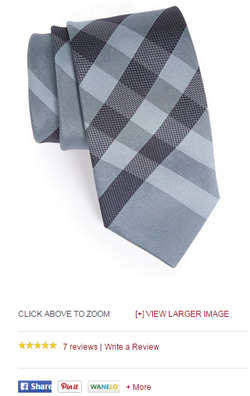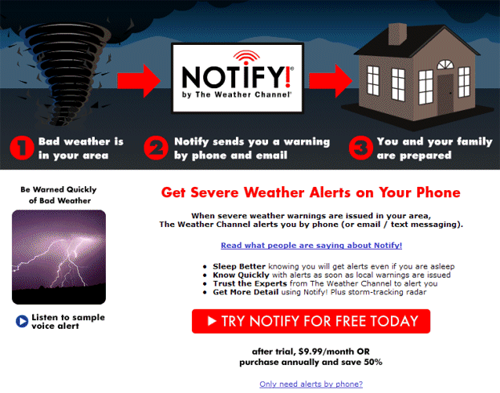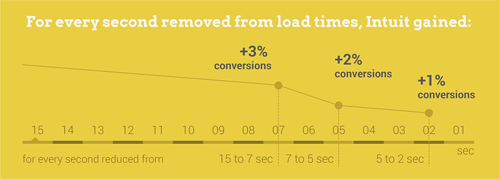5 Ways to Increase Your Ecommerce Conversion Rate

By Joe Victor Behar, Co-Founder and CEO of Itly.com
Retailers, take note. This is the year to be in ecommerce.
So says Bigcommerce, as its research found that ecommerce is one of the fastest growing industries within the retail world. What's more, Bigcommerce found that there is just as much opportunity for small retail businesses as larger operations.
"As recently as 10 years ago, starting an ecommerce business required significant capital, as well as an army of technical, marketing and financial experts to build the necessary infrastructure," said Eddie Machaalani, co-founder and CEO of Bigcommerce. "Today, business owners can create an online store in 30 minutes and compete against brands 100 times their size, at a fraction of the cost."
Despite the immense opportunities e-retailers have, they need to take crucial steps to prepare their online stores for consumers with high expectations for their shopping experiences. To increase conversion, merchants may want to consider these five optimization tips.
1. Build trust and keep the user informed
One of the crucial ingredients for an increased conversion rate is user experience and a key part of that is trust. The question is how do you get new customers to trust your brand? Trust between individuals is earned by being reliable, honest, open and relatable. Acquiring trust from your ecommerce customers, is no different.
One of the ways to do this, is by personalizing the ecommerce experience for each shopper. Fifty-nine percent of online shoppers say it is easier to find interesting products on personalized ecommerce stores, and 45 percent are more likely to shop on a store that offers personalized recommendations (e.g. people who bought this also bought that or recommended for you).
2. Make the user's life easy
We live in a high-paced society. Even though everything is more convenient today than in the past, people seem to have less time on their hands and want immediate satisfaction. When there is a want, there a need that must be satisfied instantaneously! So when a website is slow, conversion rates feel the brunt of this pace. In fact, according to KISSmetrics, a 1 second delay in page response can result in a 7 percent reduction in conversions.
A perfect example of how pagespeed contributes to a site's revenue can be seen in the case study by Intuit. This tax software company, conducted experiments to cut down on the loading time of their website. They discovered that there were changes in conversion rates based on specific ranges of these reductions, as shown in the graph below:
Faster websites will not only improve user experience, but also increase conversion rates, order values and repeat custom.
3. Link your site to social media
 The subject of using social media is a delicate one. There are opposing sides in this debate. On the one hand, according to Monetate, "social media is categorically NOT a meaningful source of direct traffic to ecommerce websites or of direct purchase conversions on those sites." In 2013, social media indicated just 1.55 percent of all traffic from commerce sites and a conversion rate of less than three-quarters of 1 percent (.71 percent). On the other hand, CEO of Moxie Rebecca Ward has indicated that because customers are all about being social, ecommerce sites should use this tool to engage with them on a personal level.
The subject of using social media is a delicate one. There are opposing sides in this debate. On the one hand, according to Monetate, "social media is categorically NOT a meaningful source of direct traffic to ecommerce websites or of direct purchase conversions on those sites." In 2013, social media indicated just 1.55 percent of all traffic from commerce sites and a conversion rate of less than three-quarters of 1 percent (.71 percent). On the other hand, CEO of Moxie Rebecca Ward has indicated that because customers are all about being social, ecommerce sites should use this tool to engage with them on a personal level.
By linking your social media accounts to your ecommerce site (particularly product pages, like the example from Nordstrom), you may see increased conversion rates as it encourages shoppers to create content on your brand's behalf - and user-generated content is seen as much more trustworthy than any content a brand can create.
4. Landing page quality
One of the key contributing factors for a high bounce rate is a poor quality landing page. Place yourself in the shoes of a customer. Ask yourself, is the page easy to understand? Are the eyes drawn to the add to basket button? Is the page overloaded by bright colors and senseless features? When a customer comes onboard your ecommerce ship, they want these questions answered without having to go on a treasure hunt around the website. It's equally as important to make sure that they get the answers to these questions in order to influence their decision-making process.
When in doubt choose a landing page that uncomplicated. Weather Channel Interactive, looked for opportunities to turn visitors from their free website into subscribers for paid services. By decluttering their homepage, they increased conversions by 225 percent. Making a few tweaks here and there to a landing page helps visitors make decisions and increase your conversion rates.

5. Multiple credit payment methods
In the past, small businesses opted to use PayPal instead of the high costs that came about with merchant accounts. Paypal was utilized by almost every large etailer because it allowed people without credit cards to shop online. At present, online customers prefer to use payment solutions to their discretion, which provide the most security.
The most important thing to know though is that customers will leave if you don't offer their preferred payment method!
The more payment options the more likely there will be repeat customers. Repeat customers are those who had a great buying experience and expectations have been met. Amazon is a prime example of returning customers accounting for a large percentage of its revenue.
Thanks to countless ecommerce solutions, getting an online store up and running can be done relatively quickly, but optimizing it for success (a.k.a. conversion) requires a strategy that focuses on consumers' ever-changing expectations.
About the Author: Joe Victor Behar, Co-Founder and CEO of Itly.com
With more than 15 years of experience in management, ecommerce, retail, business development, corporate finance and strategic planning, Joe Victor has a unique vision for Itly.com and the experience to bring his vision to life. Born and raised in Milan, he admires the Italian artisan trade and wants to bring quality and innovative Italian products to new customers around the world.








